Transfield's first five years were characterised by a struggle for survival in a new country.
Article Image:
"1956. Completion of TCN Channel Nine tower in Sydney. On the lower row are Salteri and Belgiorno-Nettis."
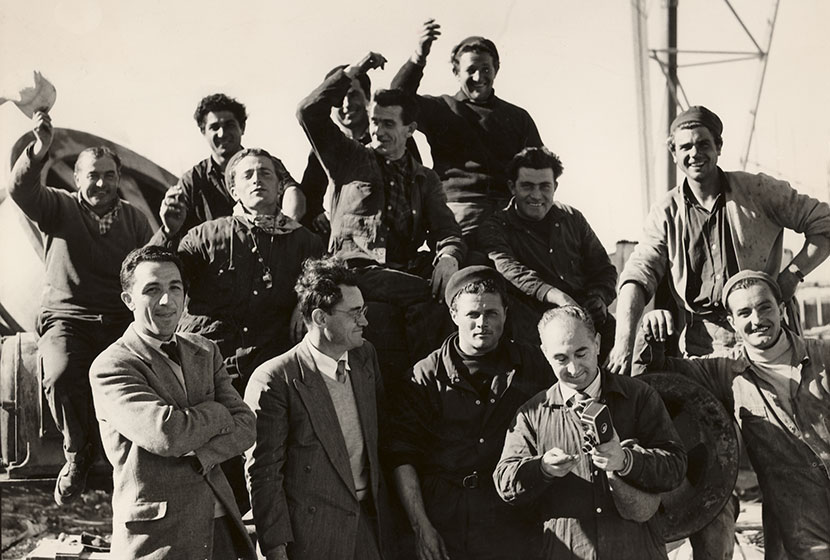
Transfield's first five years were characterised by a struggle for survival in a new country.
Article Image:
"1956. Completion of TCN Channel Nine tower in Sydney. On the lower row are Salteri and Belgiorno-Nettis."
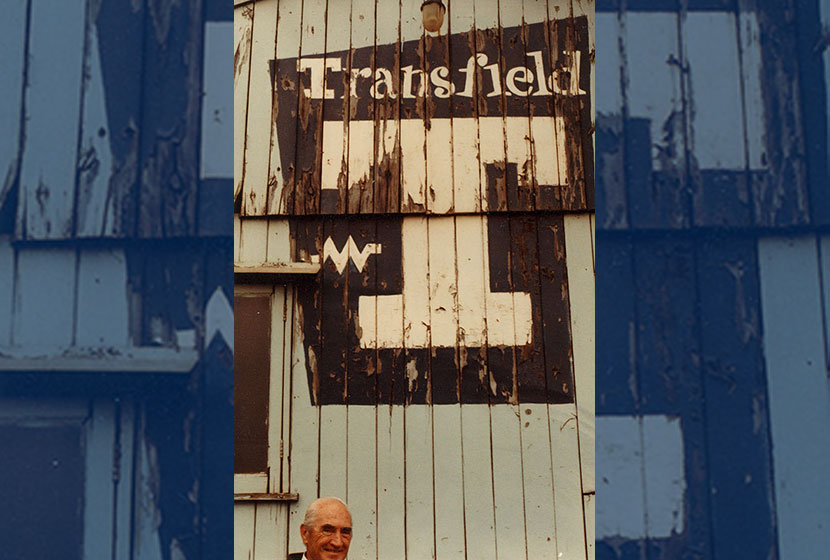
On 18 June 1956, Transfield set about tendering for construction projects with no capital, with the exception of £1,500, borrowed from a friend, no equipment, no workshop or workforce, no credit line, no immediate support from sympathetic clients.
Franco Belgiorno-Nettis faced this challenge with courage and determination. "We started in business here late in life", he commented defiantly, "We must catch up with our Australian contemporaries".
Article image:
"Franco in front of the original, 1956 signage at the Port Kembla timber office."
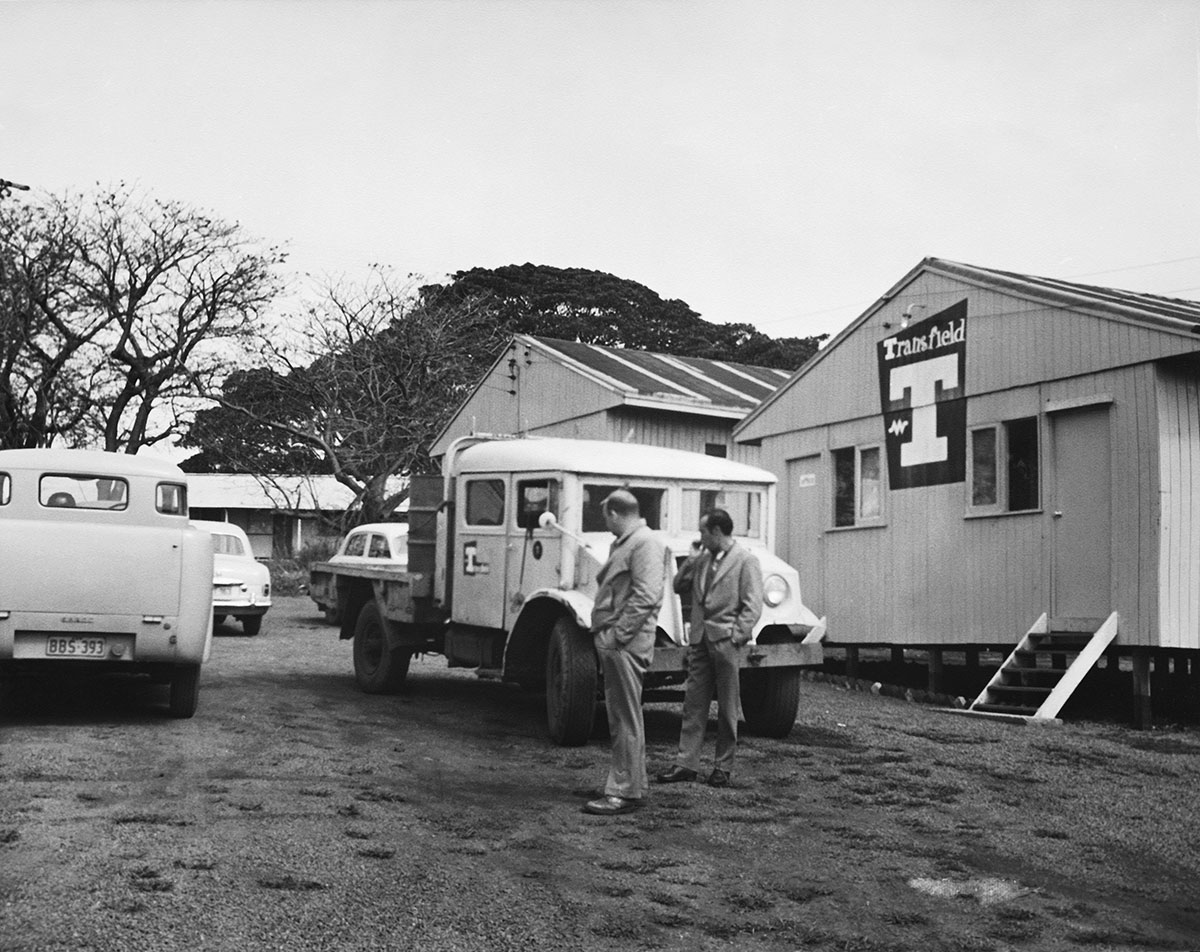
The Company's first contract, valued at £100,000, was for the fabrication and installation of a soaking pit and slab mill for Australian Iron and Steel Ltd (AI&S) at Port Kembla, NSW. It was started with a skeleton workforce comprising labourers enticed to leave their, and Franco's, previous employer, Electric Power Transmission Pty Ltd (EPT).
Page Media:
1956. Giancarlo Cecchini inspects a vehicle at the Port Kembla Hostel.

In 1965 Belgiorno-Nettis admitted that "We won our first contract when we did not have a chance, helped by the desire of our principal to create more competition in the engineering business. During our first five-year plan, we took all possible risks because we did not have anything to lose".
Page Media:
"Seven Hills steel sorting yard in the late 1950s."
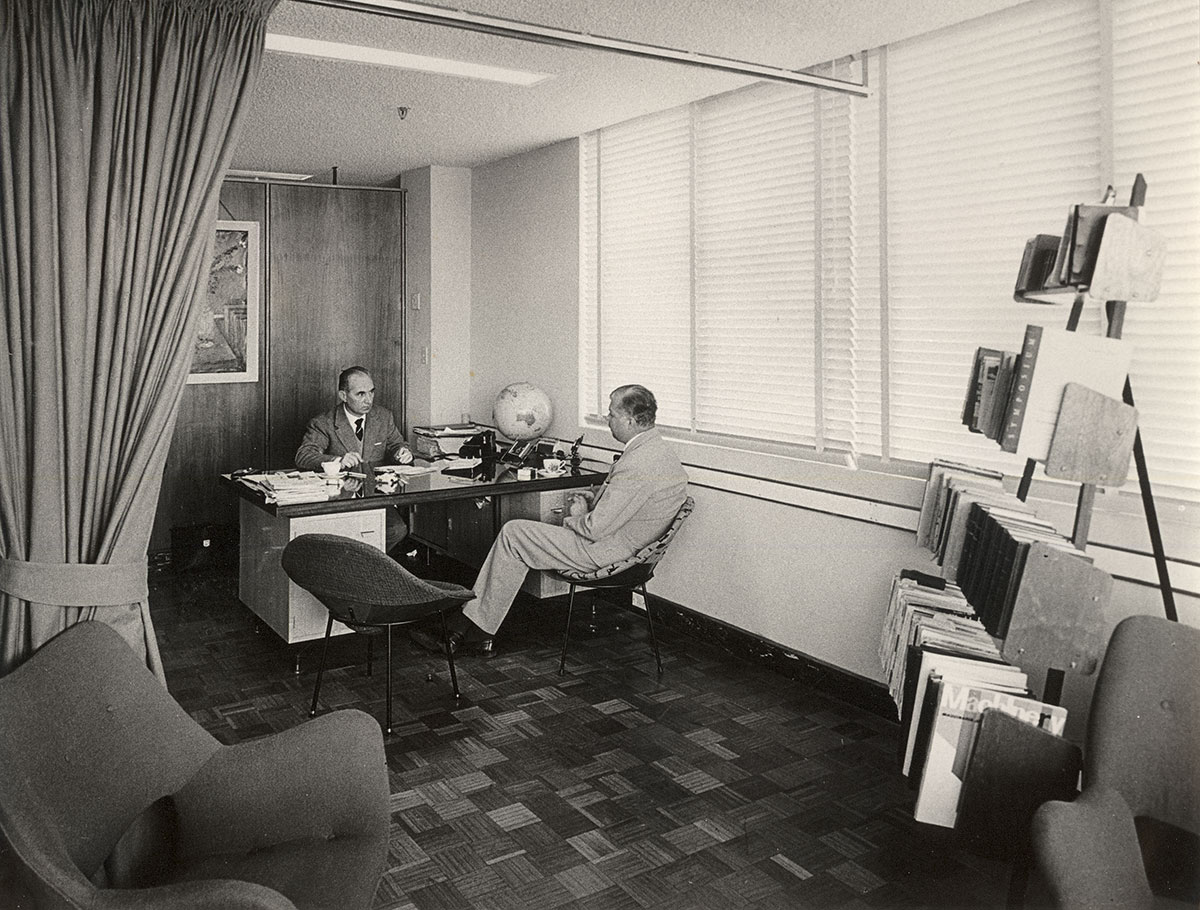
He and Salteri had to face EPT's resentment for poaching the company's field staff, as well as for the loss of their managerial and technical skills and for challenging EPT's until then monopolistic control of the transmission lines construction market.
AI&S' contract put on notice clients and competitors alike that Transfield was here to stay and to play an increasingly important role in the industrial development of Australia. The new company made a deep impression for its workmanlike approach and devotion to schedule.
Page media:
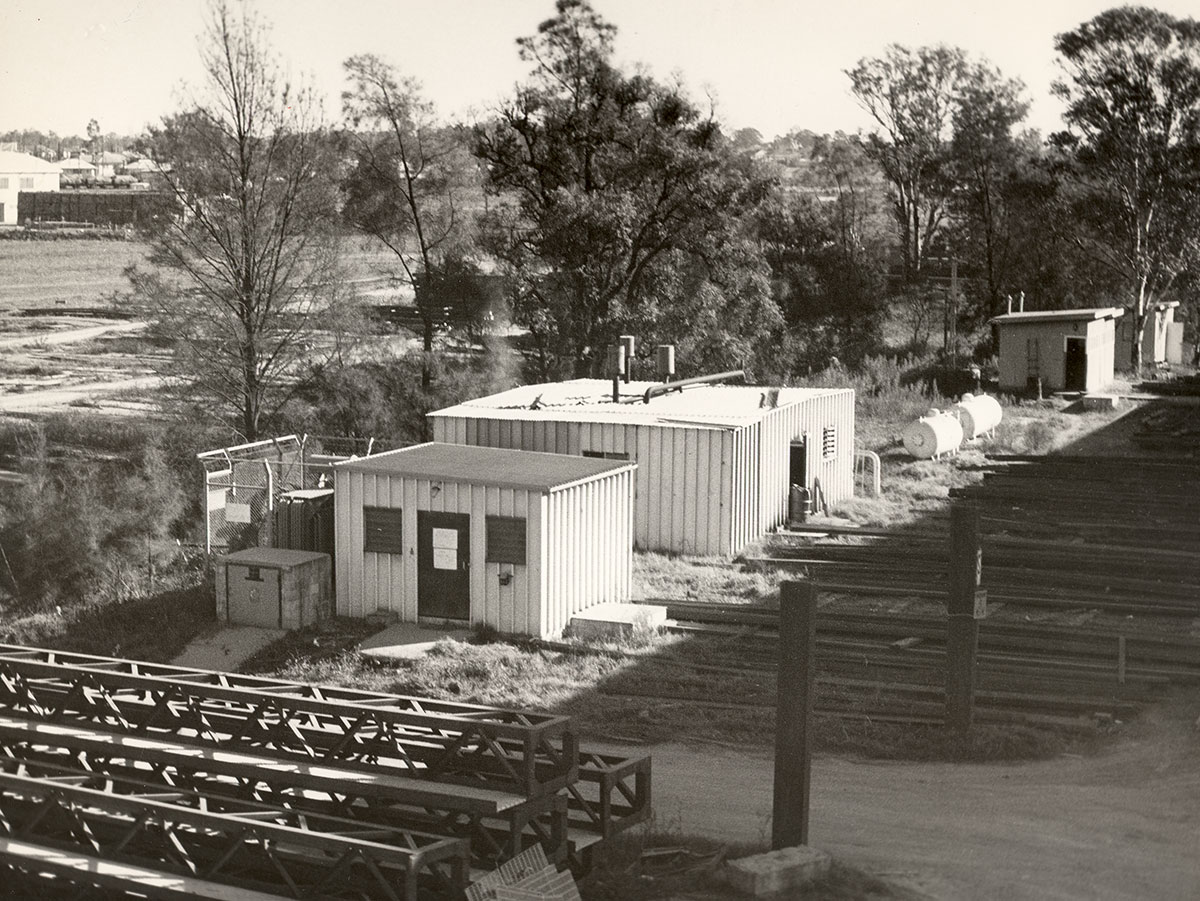
In May 1957, the two engineers had the foresight and enough money to purchase sixteen hectares of land west of Sydney, in the then pastoral suburb of Seven Hills, to establish Transfield's first workshop. This site grew to become one of the largest and most comprehensive fabrication facilities in the Southern Hemisphere.
Page Media:
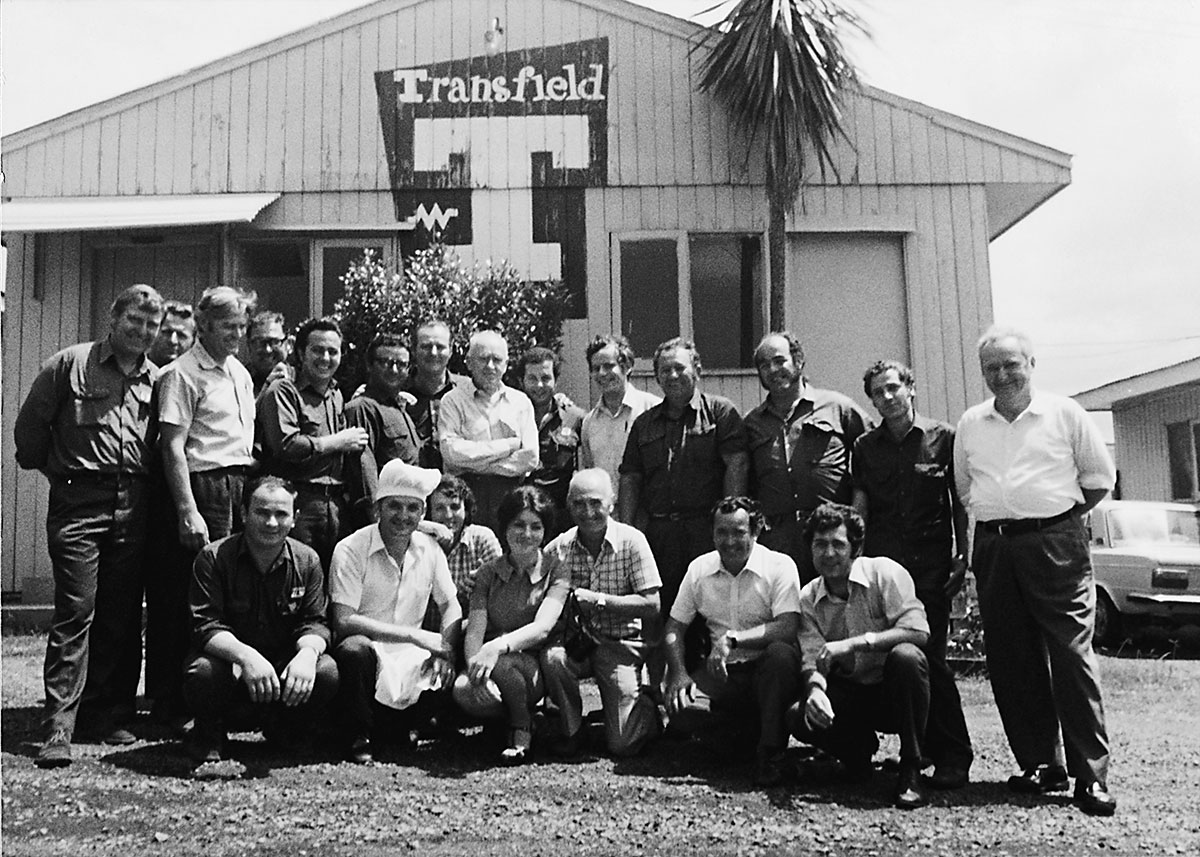
Shortly after, Transfield tendered for a contract of 2,000 tonnes of steel structures with Commonwealth Steel. The client wanted to see the factory at Seven Hills, where the steel was to be fabricated. But there was no factory. Belgiorno-Nettis and Salteri brought their ingenuity into play. On the day the inspection was to take place, Franco admitted, "we hired a bulldozer and tractor to drive up and down near our small workshop at Seven Hills. The vehicles raised great clouds of dust. We told the client that we were building new workshops, expanding. It worked. We got the job".
Page Media:
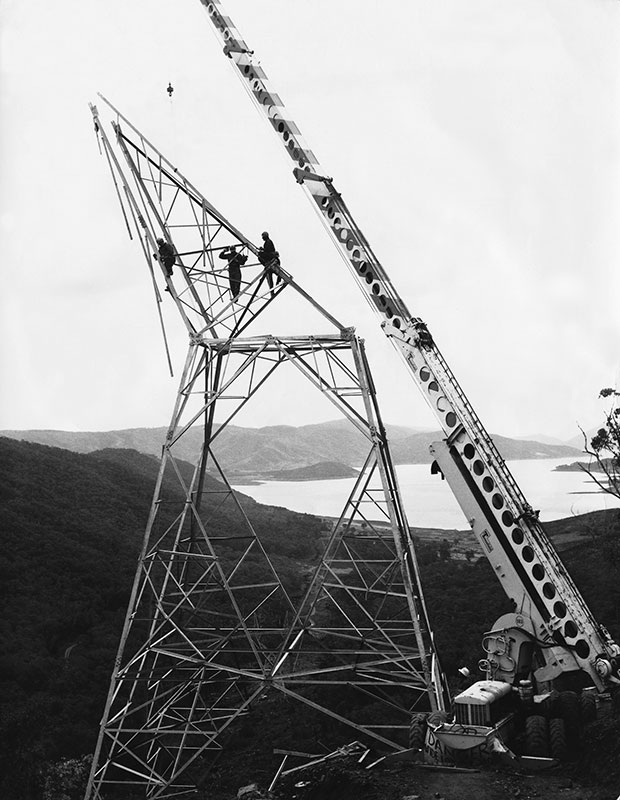
The breakthrough for Transfield came early in 1958 with the award of the £750,000 contract for the supply and erection of the longest powerline in Australia, stretching for 200 miles from Magill to Port Augusta, in South Australia. The 275KV transmission line comprised 780 towers, each 120 feet in height. With this contract, Transfield started the first fabrication of transmission towers in Australia. Before that, all towers were fabricated and tested overseas.
Page Media:
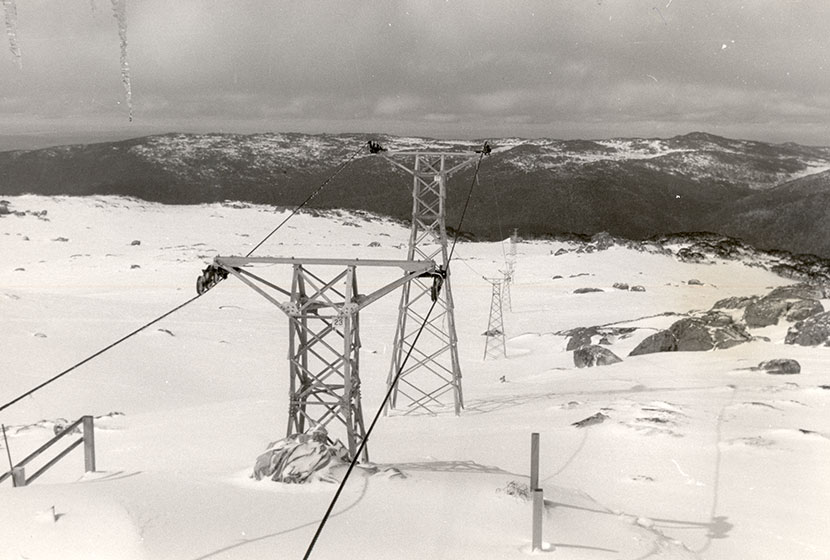
Other contracts would follow, among them the completion in June 1958 of the construction of what was then the longest chairlift in the world at Thredbo, NSW, and the contract for the 132KV, 218 mile-long transmission line between Mount Gambier and Adelaide, South Australia.
Page Media:
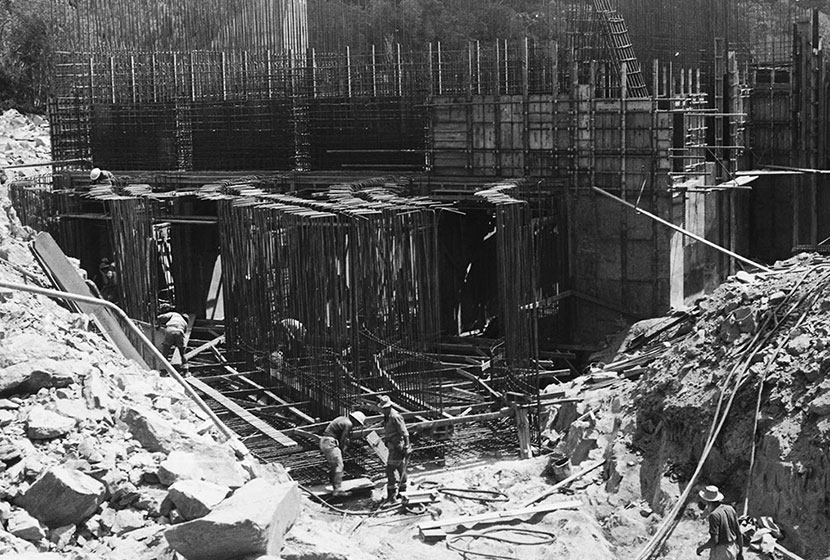
The first real landmark came in October 1960, when Transfield won the tender for the construction of the £2.25 million Barron River Hydro Electric Extension Scheme near Cairns, in Queensland. The scheme, that employed 250 people, doubled North Queensland's electricity supply for the State's expanding secondary industry.
Page Media:
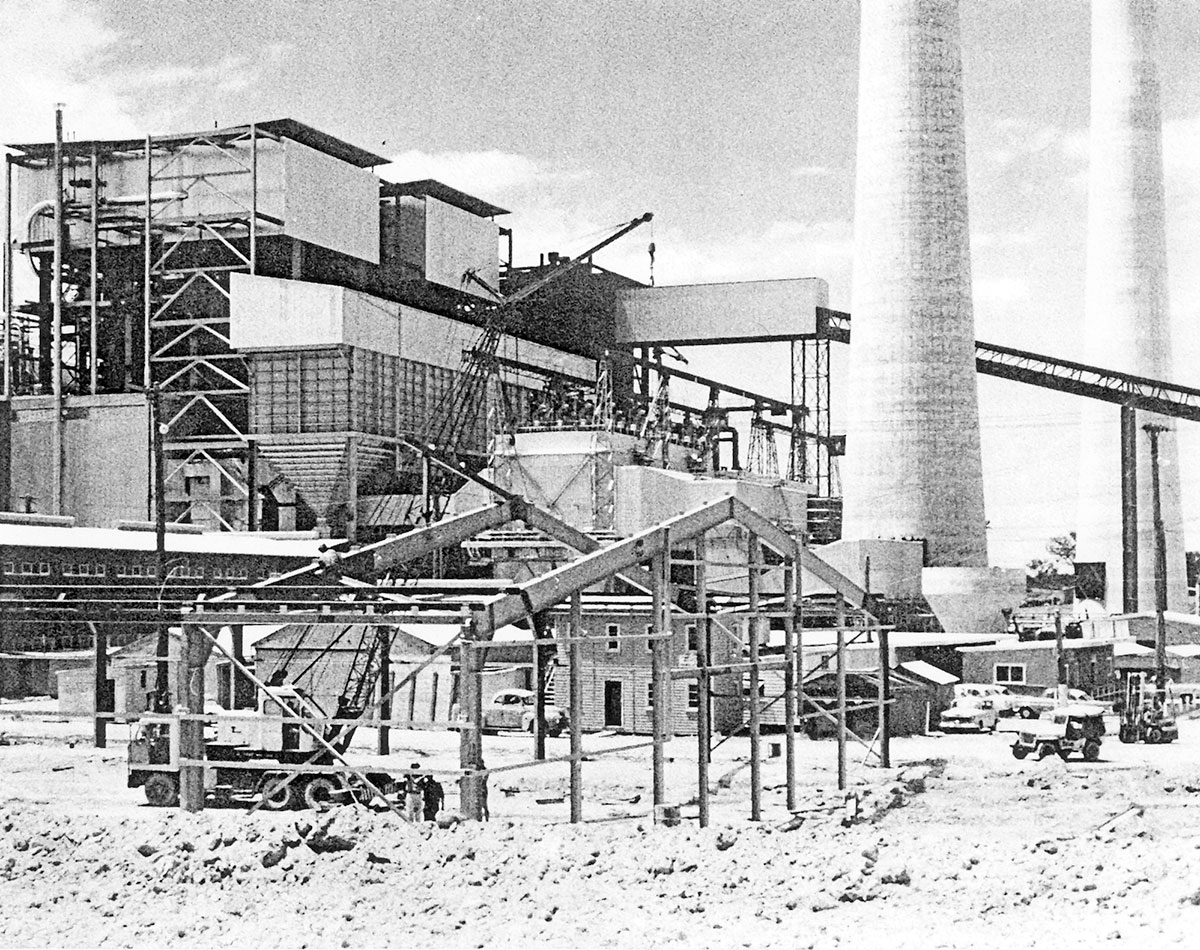
Later in 1960, a further milestone in Transfield's history was laid when it was awarded a major contract for civil works at a huge new power station under construction at Vales Point, North of Sydney. This marked the beginning of an association with the Electricity Commission of NSW that would last for more than thirty years.
Page Media:
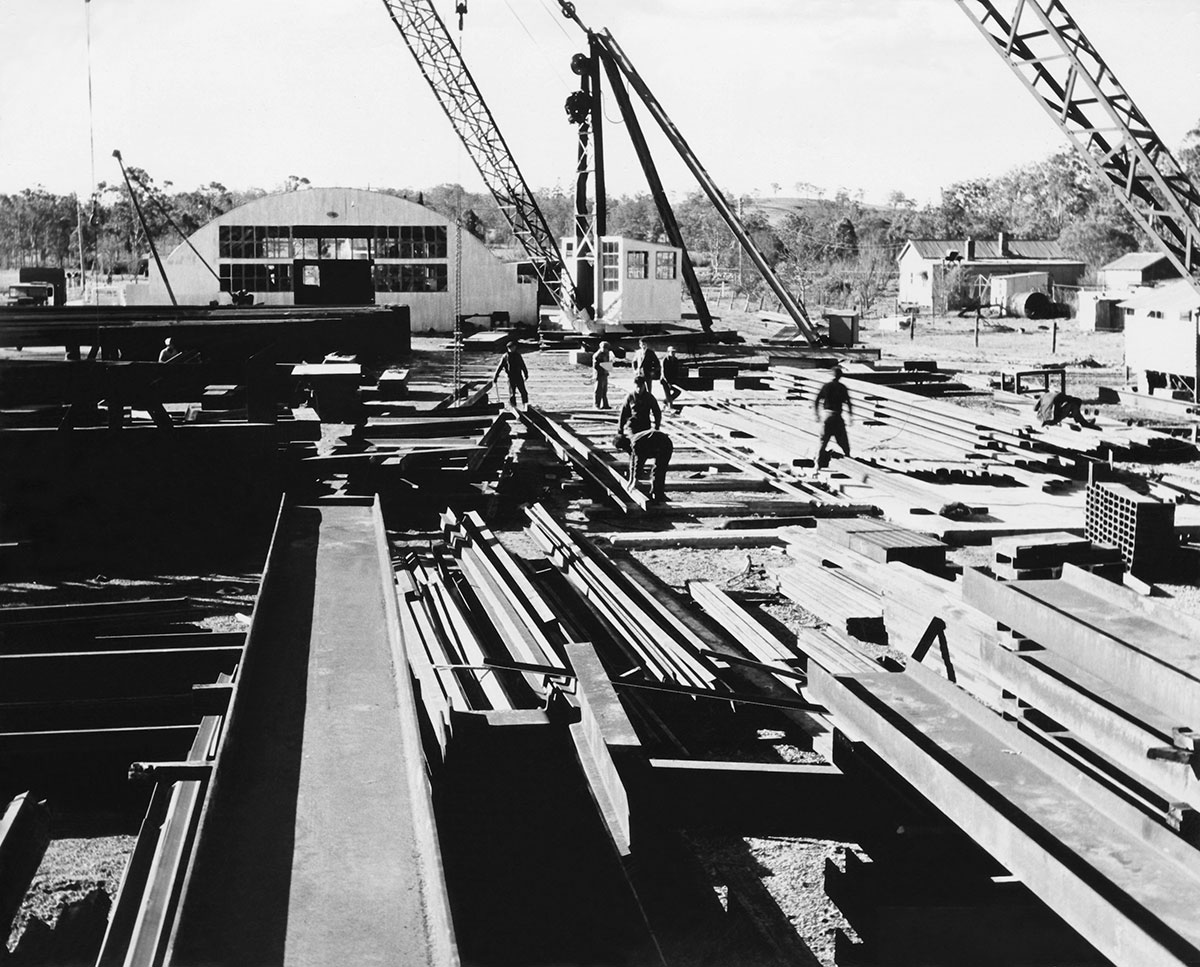
By 1960, Seven Hills was producing 1,000 tonnes of fabricated steel a month and the company had 1,000 people on its payroll in all states. Contracts during the first five years totalled £8 million.
Page Media:
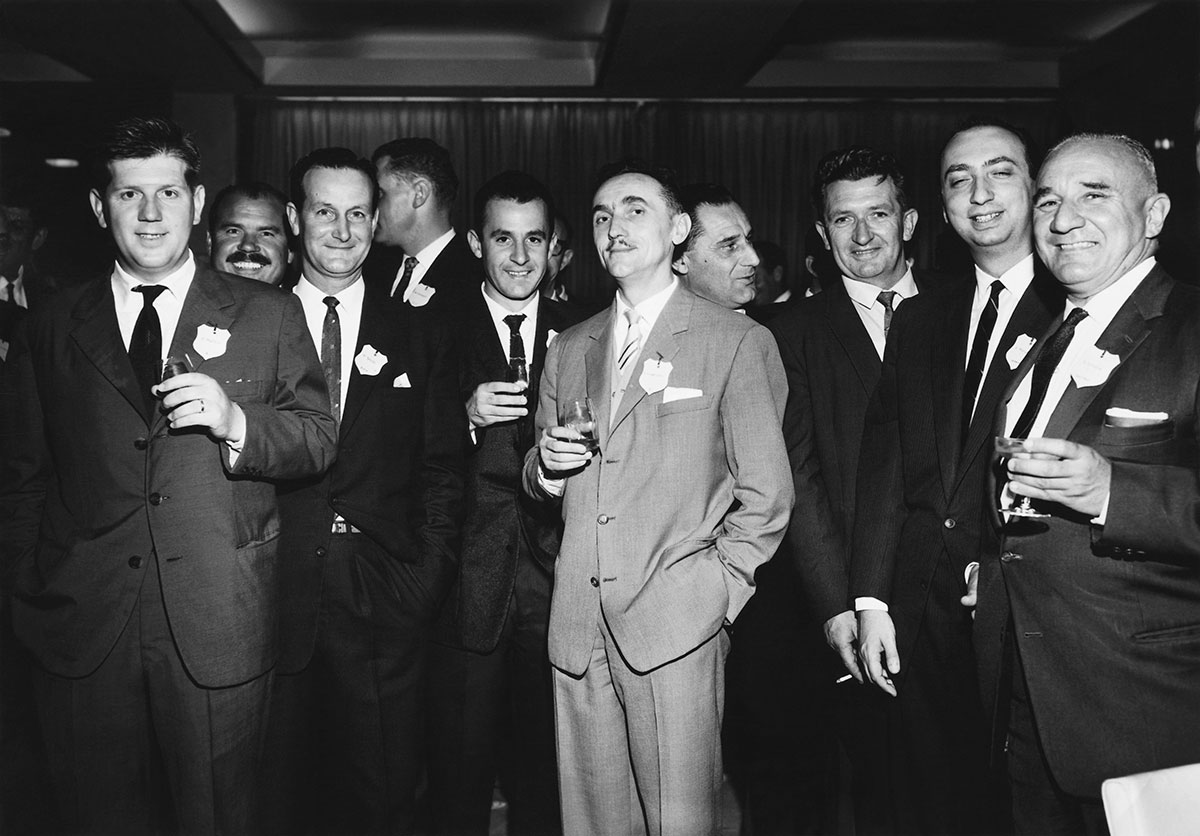
By 1961, the pioneering days were over. To Australian eyes, Transfield proved to be a remarkable success story. In 1966, Sydney's daily, The Mirror, admiringly branded Belgiorno-Nettis "the £10 million dynamo", the Italian migrant who "turned £1,500 into £10 million in nine years".
However, success came at a price. Long working hours, stress, pressure to achieve, to be on the winning side, were the norm. As Belgiorno-Nettis put it, "Australia has given me the chance to do well, but in business my trust goes to no one... We are in a business that is a constant struggle. When you build on the scale we do, everything is a gamble. You are on the edge of a razor".
Page Media:
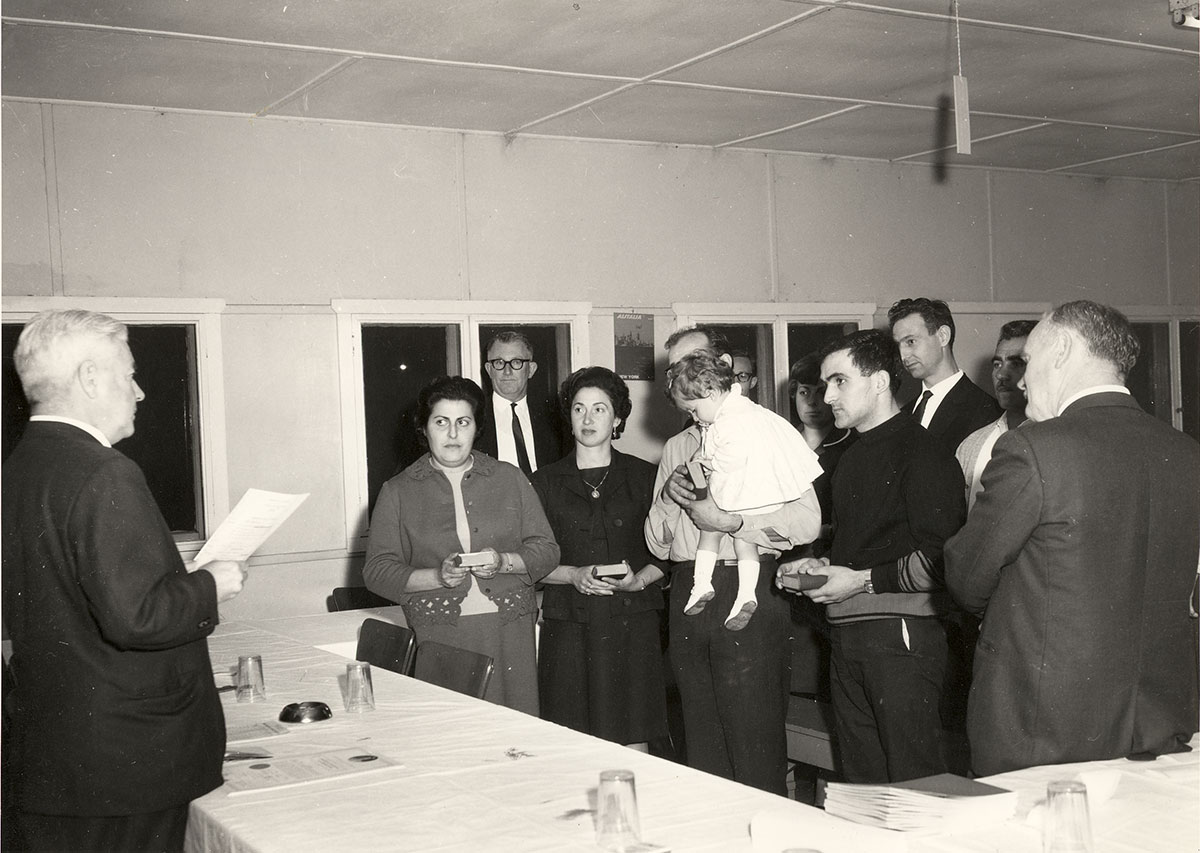
In 1961, time had come for Transfield to consolidate, to expand and "to express its appreciation", as Franco stated, "to the Australian people for the help and encouragement we have received during the past six years". Time had come for Transfield to adopt a perspective broader than the prevailing narrow, utilitarian, money-oriented one, and to be heavily involved in the promotion of the arts.
IMAGE GALLERY
Transfield The First Ten Years
The Transfield Workboat
Sir Ian Turbott on Belgiorno and Salteri First 50 Years
Serventi on Starting at Transfield
Serventi on the beginning of Transfield's Seven Hills workshop
Serventi on Transfield's first Job